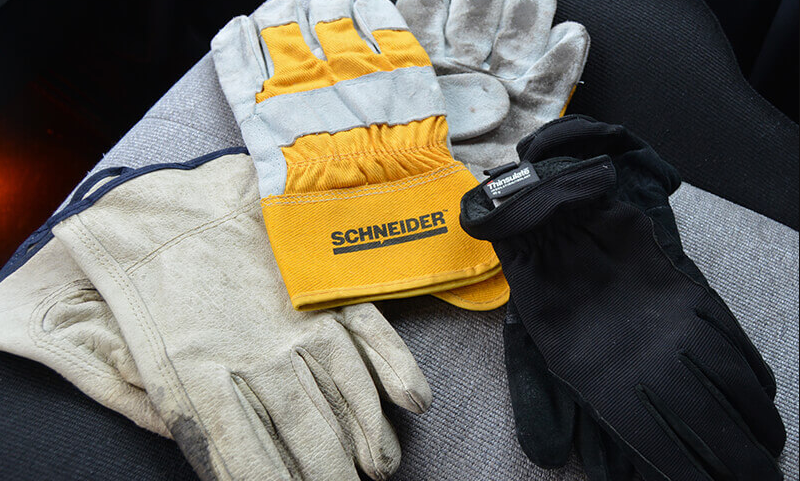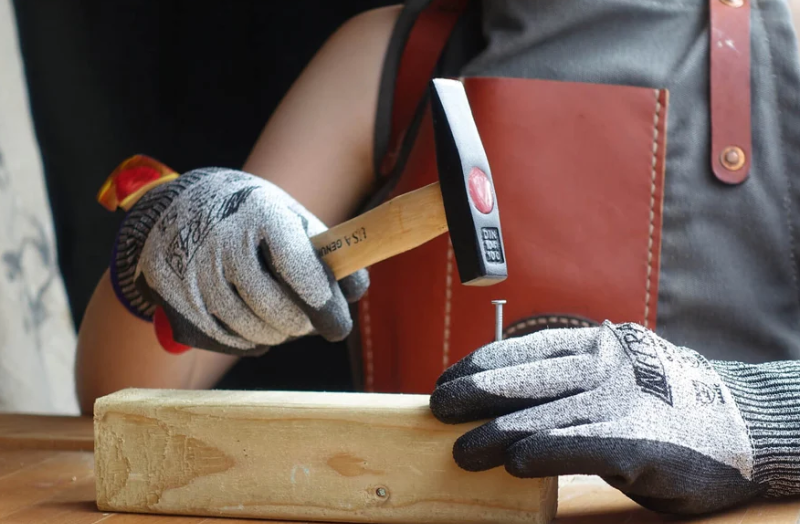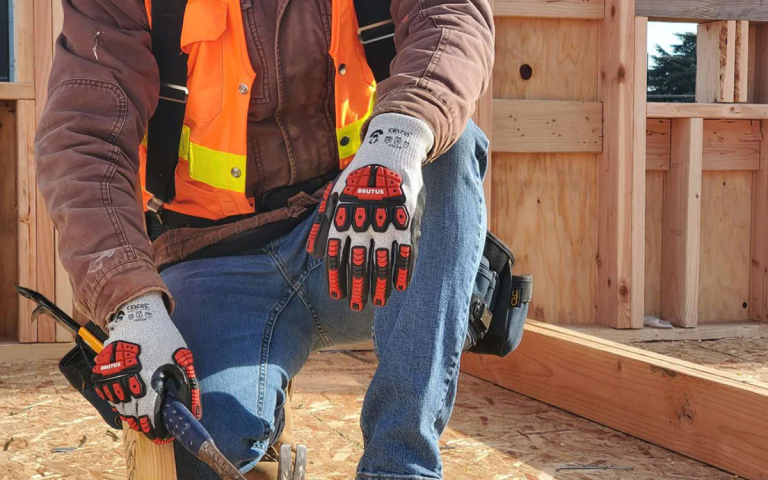Have you noticed how it’s easy to take something for granted until it’s compromised? It’s only then that we realize its value in our lives. Take our hands as an example – we get to use them every day, and yet we don’t truly think about how great it is to have and use them until sustaining an injury.
As shocking as it may sound, some of the most common injuries at the workplace reported by Safe Work Australia happen to be those related to the hands, fingers, wrists, and arms. Although injuries to the legs, hips, and feet are common too, they come in second, and some industries are more at risk of hand-related accidents than others.
Safety First
Working in the manufacturing or construction industry, two of the places that are most at risk in this aspect, means you need to think about hand and arm safety. If you handle powered and non-powered tools as much as various types of machinery, and are exposed to abrasive surfaces or certain liquids that can be dangerous, then it’s a no-brainer your PPE must consist of reliable protective gloves first and foremost.
After all, your hands are your own most important tools, and you ought to treat them as such with utmost care to prevent accidents, ensure your productivity stays at an all-time high, and reduce the chances for sick leaves. The said gloves are designed to offer you the safety you require to go about your work with minimal risk.
They can be found in an array of options as they’re created with specific purposes in mind to suit the different industrial needs, which explains why they come in various materials besides the range of sizes. These protective gloves are also equipped with various features that come in handy in different industries and workplaces.
How Many Types of Industrial Hand Gloves Are There?

Having the right type of gloves can be just as bad as not having any type of gloves at all because there’s improper safety nonetheless. Hence the importance to know how to choose adequately for the job starts with considering the basic options available. These are:
Cut Resistant
Working with tools and machinery means exposing your hands to cuts and scrapes that can at times be more than dangerous. To nip such issues in the bud, you need a pair of safety gloves designed to be resistant to punctures, which is what you get from those made from high-end braided Kevlar or stainless-steel mesh for utmost coverage. If it’s not that hazardous, you could do it with a leather model instead.
Liquid Resistant
Working with liquids and chemicals poses just as much of a health and safety risk as mechanical injuries, especially considering chemicals can easily make their way through your skin layers and cause serious damage. Depending on the type of liquid you’re exposed to, or likely to be exposed to, you can choose different materials.
One of these options is butyl rubber gloves used for the resistance to alcohols, acids (sulfuric, nitric, hydrochloric), and ketones, along with permeability to water and steam. Natural latex gloves are mainly disposable work gloves and are used to protect against most water solutions in accidental cases, including getting in touch with alkalis, acids, salts and ketones.
Keep in mind, though, some people are allergic to this material, so you need to do a test before using it for good to see if you’re one of them. If you too are part of the club, then you might consider getting an alternative like nitrile rubber. For prolonged wear, you’d be better off with neoprene and thicker nitrile-coated gloves. Speaking of coated, there are some all-purpose designs with PVC and polyurethane that are fit for protection against cuts and scrapes as much as liquids, chemicals, and even resistance against extreme temperatures.
Impact and Vibration Resistant
Hand-arm vibration syndrome (HAVS) is a real threat, especially for workers handling vibrating hand-held tools, and can go from mere inconvenience to a chronic nuisance and pain based on the level of exposure. To avoid serious consequences, it’s best to pick out anti-vibration gloves created to absorb the impact. To be efficient in this, these gloves are made from resilient gel, foam and rubber-like materials.
Extreme Temperature Resistant
It’s easy to sustain severe injuries and burns when working with extreme temperatures in cases like welding. Gloves with fire-resistant capabilities, like the specialised welder’s gloves, are a must-have for the level of protection you require. What prevents them from igniting is a built-in flame retardant.
If the case is working in extreme cold, however, where you deal with freezers and cold storage, then you ought to take your pick from the insulating designs meant to protect you from hypothermia and cold burns. This is in the form of insulating back and palm lining, details like knit wrists, and above all, the choice of the main material, like A-grade sideslip cow grain.
Shock Resistant
Working with electricity, cables, and coupling is no walk in the park either, especially if we keep the shock and burn hazards in mind. To be able to work without worrying about what might happen, you should get the needed protection from gloves that are made to offer electrical insulation, such as insulated models made from non-conductive rubber.
How Do I Choose Protective Gloves?

Now that you know what the options are, it’s time to be more specific about how to find the ideal pair for you, your needs and wants. To make shopping simpler and hassle-free, in addition to paying attention to your hand size, fit, and comfort, it’s advisable to think of:
The Task
You may have your preferred design, model, and make, however, your line of work has the final word. Some tasks demand more high-end designs that can stand up to the constant wear and tear, whereas there are those that give you the flexibility to opt for a basic pair of gloves that’s meant for simpler work. Consider this, and you’d get the answer whether disposable or durable gloves are your match.
The Hazard
There’s a reason why there are so many varieties of gloves, sometimes even of the same type as there are different levels of safety given the various threats they’re created to protect you from. Be sure to think through the specifics of your job, the certain hazards, as well as the potential ones, to get a definite choice from several choices.
The Duration of Contact
How long you’d be wearing the gloves can determine the level of comfort you’re after. It can also have a say in the design, or rather the wrist length of the gloves. The type and duration of contact can further be decisive in the features like the amount of grip required, so be sure to go over all these aspects before shopping.
The Standards
It doesn’t hurt to be acquainted with the basics of Australian standards for this type of PPE essential. The series of standards is the AS/NZS 2161:2008 guaranteed to ensure you choose something that’s made to be effective in safety and protection.
The general requirements standard is AS/NZS 2161.2:1998 or the European EN420. The protection against mechanical risks standard is AS/NZS 2161.3:2005 or EN388. The protection against thermal risks standard is AS/NZS 2161.4:1999 or EN407. The protection against the cold standard is AS/NZS 2161.5:1998 or EN511. The protection for welders standard is EN12477. The determination of resistance to permeation by chemicals standard is AS/NZS 2161.10.3:2005 or EN374-3.


